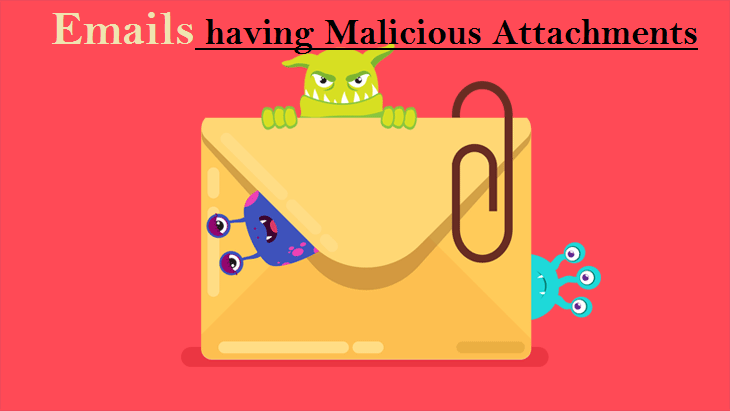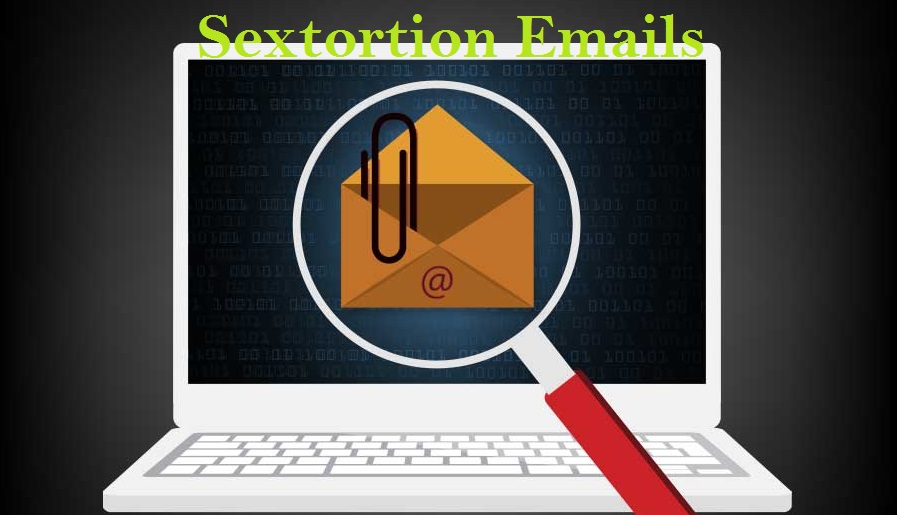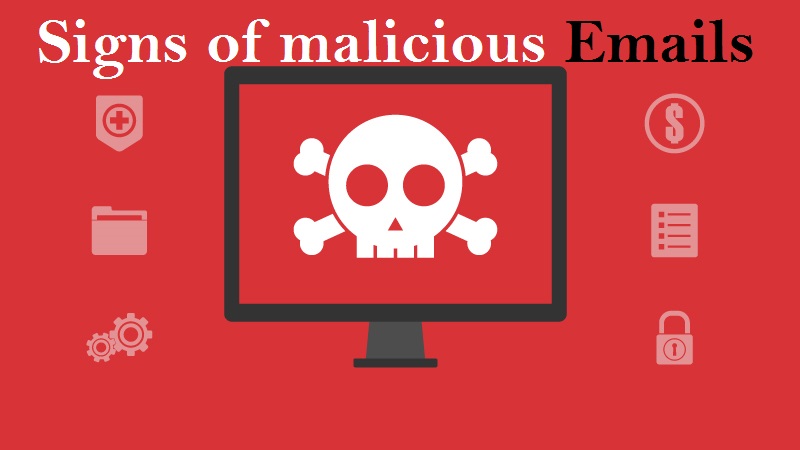Don’t Fall Prey to the CashAid Project Email Scam
CashAid Project Email Scam Outline
CashAid Project Email is a phishing scam which deceives the recipients into disclosing their personal information. This bogus email letter claims that the recipient has been selected as a beneficiary for certain amount. It’s pertinent to mention that it’s nothing more than a scam and the sole purpose is to steal your personal details.
The fake emails address the recipients as a “Grant Beneficiary” and congratulate them on being chosen for the Children Charity Foundation’s (CCF) CashAid Grant. The sender of this email claim to be Marvin Hollis, a Disbursement Officer at CCF, proclaims that the recipient’s email address was randomly selected during a selection process involving seminar/conference attendees and internet users.
The email promises a substantial grant of $2,740,000, divided into two components: $1,740,000 for charity work aimed at assisting deprived children and $1,000,000 for the recipient’s personal business development.
In order to proceed with the grant release, the recipient is asked to fill out a “Grant Payment Scheme Voucher Form” (GPSV) attached to the email. The message stressed the importance of keeping the provided qualification number confidential to avoid disqualification. The sender also requests the recipient to initiate the acknowledgement process.
You need to understand that the sole purpose of this email is to steal the recipient’s personal information such as full names, address, contact details, date of birth and other fiancé related data.
Furthermore, the scammers behind this email also ask for processing fees. It’s pertinent to mention that it’s nothing more than a scam. So it’s better to ignore this email for preventing severe damages.
Text presented in this email:
Subject: CASHAID PROJECT
Attention: Grant Beneficiary,
QUALIFICATION NUMBER
CCF/774/2024/1470
CASHAID PROJECT
Congratulations on your selection as one of the beneficiaries of the Children Charity Foundation (CCF) first quarter of the year 2024 CashAid Grant in commemoration of this year’s anniversary program. Children Charity Foundation is an international foundation with its headquarters in London and branches across Europe and Africa, with a lot of international donors with the sole aim of improving the condition of living of people in and around the world and building a better globe through peoples oriented poverty alleviation programs such as this. Every year a random selection is made on email
addresses of a cross section of seminar/conference attendees of interest, internet users etc..; and persons selected are contacted and their funds disbursed to them after due verification of claims.
Be informed that your email address with Qualification Number (CCF/774/2024/1470) as must have been informed in our earlier sent notification mail; falls within our grant category of US$2,740,000 (Two Million, Seven Hundred and Forty Thousand United States Dollars) This being in two facet, with US$1,740,000.00 (One Million Seven Hundred and Forty Thousand US Dollars) being earmarked for you to do charity works in assisting poor children in your area (which is the sole aim of establishing this foundation) and the balance $1,000,000.00 USD (One million United States Dollars) being in your personal grant for your personal business development. The foundation will after releasing the money to you send across its monitoring team to monitor how you are utilizing the grant in achieving the major aim of the release of the grant to you.
You are by this mail kindly requested to fill/complete the Grant Payment Scheme Voucher Form (GPSV) attached to this email in PDF format to aid in the processing of your grant release.
Please do fill and return these Required GPSV form in your next email. You are to download the form and fill in correctly the requested information’s after which you will have to scan the form or get a clear snap shot of it and send back to us for confirmation. Do feel free to ask in question should there be any gray areas that you are not too clear with.
Upon receipt of your filled GPSV form, we shall commence with the processing of your grant.
Note: We advice that you keep your Qualification Number out of reach of any other person, as any double entry of same Qualification Number leads to automatic disqualification of the same. Our advice is based on experiences where Nominee’s relations whom have access to their relations Qualification Numbers tend to present same and this in many cases have lead to disqualification.
Do make sure you call me to acknowledge the receipt of this email.
Thank you for your cooperation.
Yours Faithfully
Marvin Hollis
(Disbursement Officer )
CCF Grant.
In terms of email-based cyber threats, what are the different types of malicious emails?
Emails having Malicious Attachments

Email spam containing malicious attachments is a commonly employed method by cybercriminals to compromise users’ computers with malware. Malicious attachments often harbor trojans that possess the ability to pilfer sensitive data such as banking details, passwords, and other confidential information.
The primary objective of cybercriminals in these attacks is to deceive their potential victims into accessing a compromised email attachment. They commonly employ email messages that discuss recently obtained invoices, faxes, or voice messages to accomplish this aim.
If an unsuspecting individual succumbs to the trap and opens the attachment, their computer becomes infected, allowing cybercriminals to gather a substantial amount of confidential data.
Although it is a more intricate technique to pilfer personal data (as spam filters and antivirus programs typically identify such endeavors), if cybercriminals achieve success, they can access a broader spectrum of information and continue accumulating data over an extended duration.
Phishing Emails

Typically, cybercriminals employ deceitful emails to deceive individuals on the internet into divulging their confidential personal information, such as login credentials for diverse online platforms, email accounts, or online banking details.
These types of attacks are commonly known as phishing. In a phishing attack, cybercriminals typically send an email that mimics the branding of popular services like Microsoft, Amazon, DHL, or Netflix. They craft messages with a sense of urgency, such as incorrect shipping details or expired passwords, and include a hyperlink, hoping to entice unsuspecting recipients into clicking on it.
Upon clicking the provided link in these email messages, victims are redirected to a counterfeit website that closely resembles the legitimate one. In this deceptive environment, victims are prompted to enter their password, credit card information, or other sensitive data, which is subsequently harvested by cybercriminals for malicious purposes.
Spam Emails

Spam emails are unsolicited, bulk messages sent to a large number of recipients simultaneously. They often contain unwanted advertisements, scams, or fraudulent offers. The primary purpose of spam emails is to promote products, services, or websites, sometimes of dubious nature.
These emails can be sent by individuals or automated bots, and they often target a wide range of recipients without their consent. Spam emails can clog up inboxes, consume storage space, and pose risks such as phishing attempts or malware distribution.
Sextortion Emails

This type of email is a form of phishing known as a “sextortion scam.” It preys on individuals’ fears and attempts to blackmail them into paying a ransom. The scam email falsely claims that a cybercriminal has gained unauthorized access to the victim’s webcam and possesses a compromising video recording of them engaging in explicit activities.
The scammers leverage the potential embarrassment and shame associated with such content to coerce the victim into paying a ransom, often in the form of cryptocurrency, to prevent the release of the alleged video. However, it is crucial to understand that these claims are entirely false and fabricated.
What are some indicators or signs that can help identify a malicious email?

To spot a malicious email you can look for the following indicators:
Suspicious Sender: Check the sender’s email address and verify if it matches the official contact information of the organization or person they claim to represent. Be cautious of email addresses that contain misspellings, random numbers, or unfamiliar domain names.
- Poorly Written Content: Pay attention to grammar and spelling mistakes, unusual language, or poor formatting. Legitimate organizations usually maintain professional communication standards.
- Urgent or Threatening Language: Beware of emails that create a sense of urgency, pressure you to take immediate action, or threaten negative consequences if you don’t comply. Scammers often use fear or time-sensitive situations to manipulate victims.
- Suspicious Attachments or Links: Be careful of email attachments or links, especially from unknown or unexpected sources. Don’t open attachments or click on links unless you are confident about their legitimacy. Hover over links to see the actual URL before clicking.
- Requests for Personal Information: Legitimate organizations typically don’t request sensitive information, such as passwords, Social Security numbers, or credit card details, via email. Avoid providing personal data unless you are certain of the email’s authenticity.
- Unusual Requests or Offers: Be wary of emails offering unexpected rewards, prizes, or financial opportunities. If something seems too good to be true or doesn’t align with your normal interactions, it could be a sign of a scam.
- Suspicious Email Design: Poorly designed or visually inconsistent emails may indicate a scam. Watch for generic greetings, mismatched logos, or distorted images.
If you have doubts about an email’s legitimacy, it’s best to err on the side of caution. Avoid clicking on links or downloading attachments, and consider contacting the sender through a verified channel to verify the email’s authenticity.
What actions can be taken if you have fallen for an email scam?

Below are the steps you should take if you’ve fallen prey to the CashAid Project Email Scam.
- If you have mistakenly provided your credit card information after clicking on a link in a phishing email, it is crucial to immediately contact your bank and inform them about the situation. It is highly likely that you will need to take steps to cancel the compromised credit card and request a replacement for enhanced security.
- If you have inadvertently provided your password after falling for an email scam, it is essential to promptly change your password. Typically, cybercriminals gather stolen login details and sell them to other malicious groups for potential exploitation. By changing your password immediately, you reduce the likelihood of criminals having sufficient time to cause harm or unauthorized access to your accounts and information.
- If you notice any indications of identity theft, it is important to promptly reach out to the Federal Trade Commission (FTC). The FTC will gather information about your situation and develop a personalized recovery strategy.
- Assist in safeguarding fellow internet users by reporting phishing emails to organizations such as the National Fraud Information Center, Anti-Phishing Working Group, FBI’s Internet Crime Complaint Center, and the U.S. Department of Justice.
- If you have inadvertently opened a malicious attachment, it is likely that your computer has been compromised. To address this, it is advised to conduct a thorough scan of your system using a reliable antivirus software. We suggest utilizing SpyHunter 5 for Windows to help mitigate any potential threats.
⇓⇓Download Spyhunter 5 Free Scanner⇓⇓
Do make sure to read SpyHunter’s EULA and Privacy Policy. Spyhunter free scanner downloaded just scans and detect present threats from computers and can remove them as well once, however it requires you to wait for next 48 hours. If you intend to remove detected threats instantly, then you will have to buy its licenses version that will activate the software fully.
Frequently Asked Questions
Why was I included in the distribution of this email?
Phishing emails are often disseminated by threat actors through extensive campaigns, leading to thousands of recipients receiving comparable messages.
If I have viewed a spam email but refrained from opening the attachment, is there a possibility that my computer has been infected with malware?
Simply opening or reading an email does not pose a direct risk of malware infection. The actual threat arises when you interact with malicious attachments or links contained within the email, triggering potential malware download or installation processes.
If I downloaded and opened a file from a spam email, does that mean my computer is infected?
If the file you opened from a spam email was an executable file (.exe, .run, etc.), there is a high chance that your computer may be infected. However, if the file was a document format (.doc, .xls, .one, .pdf, etc.), the risk of infection may be lower as these formats usually require additional actions to initiate the download or installation of malware, such as enabling macros or clicking on embedded content.
If I have unknowingly shared my personal information in response to a deceptive spam email, what steps should I take to mitigate the potential risks?
If you have mistakenly shared your login credentials, it is crucial to change the passwords for all affected accounts promptly. Additionally, if sensitive personal information like identification documents or credit card details were disclosed, it is important to promptly notify the relevant authorities or organizations responsible for handling such incidents.
Is SpyHunter 5 capable of detecting and eliminating malware infections that may be present in email attachments?
SpyHunter 5 is powerful security software that is specifically designed to scan devices and effectively remove various types of malware infections. With its comprehensive scanning capabilities, it can detect and eliminate most known malware threats, including those that may be present in email attachments and pop-up notifications. Running a thorough system scan is crucial to ensure that all potential threats are identified and removed from your device.




